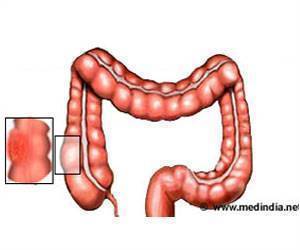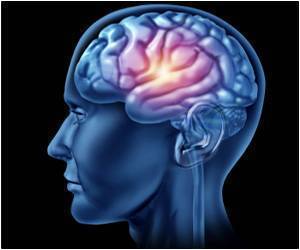Patients undergoing spinal fusion surgery with bone morphogenetic protein (BMP) appear to be at increased risk of benign tumors — but not cancers.

Other papers in the September Neurosurgery report on a stent-assisted approach for difficult-to-treat brain aneurysms and a new software program to help in identifying and protecting critical areas during brain tumor surgery.
BMP Linked to Increased Risk of Benign Tumors Dr. Nandan Lad of Duke University Medical Center and colleagues analyzed the risk of cancers and benign tumors in nearly 4,700 patients receiving BMP as part of spinal fusion surgery. Bone morphogenetic protein is a growth factor that can promote new bone formation. It is FDA-approved for one specific type of spinal fusion surgery, but has become widely used "off-label" for other fusion procedures.
Contrary to previous smaller studies, patients receiving BMP as commonly used today, had no increase in systemic or malignant cancer risk, compared to a matched group undergoing spinal fusion without BMP. However, spinal fusion with BMP was associated with a higher risk of benign tumors: about 30% higher, after adjustment for other factors.
Although absolute risks were small, patients receiving BMP had a higher rate of benign tumors of the nervous system—especially of the tissues lining the spinal cord and brain (meninges). The increase in these soft tissue tumors may be related to the "large local dose" of BMP around the spine, the researchers suspect. The results of this large, independent, propensity-matched study suggest that the use of BMP in lumbar fusions is associated with a significantly higher rate of benign neoplasms, but not malignancies.
'Y" Stents Effective for Difficult-to-Treat Brain Aneurysms Dr. Kyle M. Fargen of University of Florida and colleagues evaluated the use of "Y-stent coiling" to block off (occlude) aneurysms in 45 patients at seven U.S. hospitals. The stent-assisted technique was used for difficult-to-treat aneurysms located at the bifurcation (branching) of two blood vessels.
Advertisement
The Y-stent approach provides neurosurgeons with a valuable alternative treatment for aneurysms that would be difficult or impossible to treat with surgery. Based on their findings, Y-stent coiling offers "low complication rates and excellent clinical and angiographic outcomes," Dr. Fargen and coauthors conclude.
Advertisement
DAT alerted the surgeon when the glioma was located in or very close to areas of eloquent cortex. In many cases, it provided information that could not be obtained from standard brain-mapping techniques. The study provides "proof of concept that DAT supplements preoperative, intraoperative, and postoperative analysis of eloquent cortex in areas in close proximity to or within gliomas," the researchers write.
Source-Eurekalert











